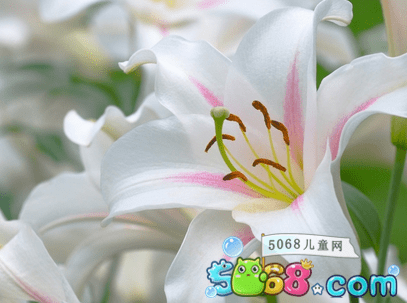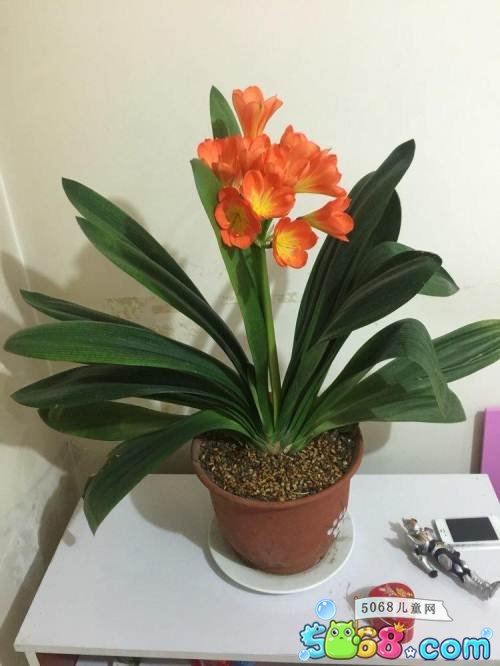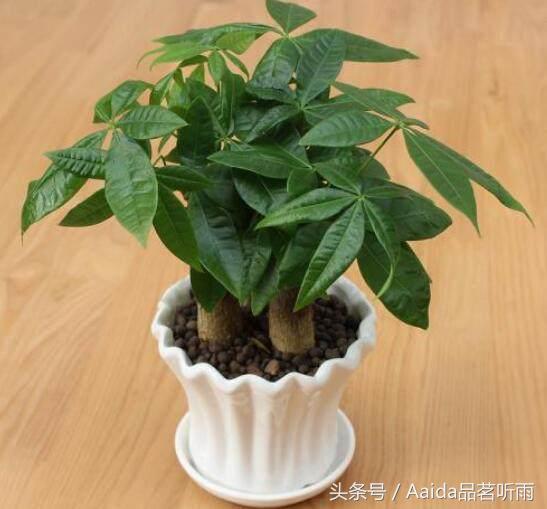Culture methods and propagation methods of jasmine
Purple jasmine is a kind of herbaceous flower. It is a common plant in our life. Jasmine is suitable for planting gardens. It is often cultivated as an ornamental flower in the north and south. It is a kind of ornamental flower. So what are the breeding methods and breeding methods of jasmine? Let's see.

Jasmine flower culture method
Cultivation and cultivation
Purple jasmine is strong, adaptable and extensive in maintenance and management. Pay attention to training:
Breeding
Purple jasmine is usually used for seed reproduction. Live broadcast can be carried out in the open air in spring, and attention should be paid to seedlings after emergence. If the seedlings grow 3-4 true leaves, they should be transplanted and planted at a distance of about 50 cm. Pay attention to appropriate shadows after transplantation. Water it.
Maintenance and management
Purple jasmine is easy to grow and has relatively extensive maintenance and management. It can be fertilized and watered properly during the growing period.
Collect seeds
Because purple jasmine is taught by wind, these varieties are easy to cross-breed. In order to ensure that the harvested seeds can maintain good characteristics, different varieties should be separated and cultivated.
Cultivate attention
Purple jasmine root is a brown root, shaped like a rock, is a good stump bonsai material. The root system of purple jasmine is expanding year by year, which can grow to about 10 cm in three years and can be cultivated for decades. With the increase of culture time, the root system becomes more exuberant. Attention should be paid to training:
Overwintering
Purple jasmine can be exposed in winter to the south of the Yangtze River. In the north, measures should be taken: at the end of autumn, the roots of purple jasmine are dug up and buried in the wet soil of the basin, placed indoors, and replanted next spring.
Planting
The lower part of the root of purple jasmine is planted in a shallow basin, and the rest is bare, which can take root, grow and blossom under normal protection.
How to reproduce Jasmine
Purple jasmine is mainly planted and propagated, sown in spring and autumn, and has the ability of self-sowing and reproduction. Or at the end of autumn, the roots will be stored in a 5 °C room, replanted in spring, and new plants can still be regenerated.
Seed propagation
Purple jasmine propagates with seeds. It can sow and reproduce in spring. It can also spread and spread itself. Nuts are used as sowing and breeding materials. It is suitable to sow seedlings within 3-4 months. The germination temperature was 15 ℃ to 20 ℃ and germinated within 7 or 8 days. When 2-4 leaves grow, plant seedlings, preferably 50-80 cm apart. Pay attention to shading after transplantation.
Purple jasmine is widely managed and easy to grow. Pay attention to proper fertilization and watering. Purple jasmine is a wind-pollinated flower, and different varieties are easy to cross. If you want to maintain the characteristics of the varieties, you should separate and cultivate them. At the end of autumn in the north, the ground can be cut off and roots can be dug out, and tidal soil can be buried in basins to reduce greenhouse winter.
In the spring of next year, the open fields will continue to be planted, the plants will grow rapidly and the flowering will be advanced. Although the growth of perennials is not as strong as that of seedlings, its root system expands year by year, and it can grow into brown lumps about 10 cm in diameter for three consecutive years. The earth's crust is wrinkled and hard. In spring, the lower 1/3 of the root can be planted in a shallow basin, the upper part of the root is exposed, and the stem gradually adapts to the external environment. And because of its shape, it forms a natural mountain bonsai.
Every spring, one or two new branches bloom and bear fruit. After autumn, cut off the branches, put the roots of the original pot indoors, and keep the basins and tides collected. It can be cultivated continuously for decades. The older and more powerful the root is, the more attractive it will be. This kind of cultivation and management is simple, sowing in early spring, blooming and fruiting in summer and autumn. Anti-transplant, fast growth, strong.
Purple jasmine can sow and reproduce in spring, or it can reproduce and reproduce itself through seeds. The small nut can be used as sowing and propagation material. It can be sowed to the open field in the middle and last ten days of April. The germination temperature is 15: 20 ℃ and the germination is 7-8 days. Because it is a deep-rooted flower, it should not be transplanted after sowing in an open seedbed. If possible, you can plant a tube with an inner diameter of 10cm in advance.
Purple jasmine propagates with seeds. It is suitable for sowing seedlings from March to April. When the seedlings had 2-4 leaves, the planting distance was 50~80cm. Pay attention to shading after transplantation. Purple jasmine is widely managed and easy to grow. Pay attention to proper fertilization and watering. Purple jasmine is a wind-pollinated flower, and different varieties are easy to cross. If you want to maintain the characteristics of the varieties, you should separate and cultivate them.
At the end of autumn in the north, the ground can be cut off and roots can be dug out, and tidal soil can be buried in basins to reduce greenhouse winter. In next spring, open fields will continue to be planted, and plants will grow and blossom faster. Although the growth of perennials is not as strong as that of seedlings, its root system expands year by year, and it can grow into brown lumps about 10 cm in diameter for three consecutive years. The earth's crust is wrinkled and hard. In spring, the lower 1/3 of the root can be planted in a shallow basin, the upper part of the root is exposed, and the stem gradually adapts to the external environment. And because of its shape, it forms a natural mountain bonsai. Every spring, one or two new branches blossom and bear fruit. After autumn, cut off the branches, put the roots of the original pot indoors, and keep the basins and tides collected. It can be cultivated continuously for decades. The older and more powerful the root is, the more attractive it will be.
The seeds propagated in the southern part of the Yangtze River Basin in China and were sown at the end of March and early April. In the early spring of February, the seedbed should be excavated and completed and made into a raft 1 meter wide and 6-8 meters long. Sowing can be done by sowing or peeling. It is necessary to sow seeds and control the ground temperature at about 20 ℃. Spread, about 300 grams per square meter of seedbed, covered with a layer of about 10 cm thick grass ash, watering, usually pay attention to moisturizing. The optimum temperature for seed germination is about 20 ℃. Six days after emergence, the seedlings can be fertilized with thin water and fertilizer to accelerate the growth of seedlings. When you plant a seedling, you have a pair of leaves, and the plant is the seedling. Due to the short days of raising seedlings, it is generally transplanted once, and the nutritive area of the seedlings is 64-81 square centimeters. It is easy to grow at seedling stage, which is beneficial to control in the south side of greenhouse or in greenhouse. Otherwise, there should be a large nutritional area and an appropriate temperature reduction. When the seedlings grow to 5-6 inches tall, you can choose strong seedlings and transplant them into flower beds, flower beds, or flower beds. Five to seven days before planting, the temperature drops and the wind spoils the seedlings. Later, after frost, plant. There should be 6 pairs of leaves when planting seedlings, of which 3 pairs of leaf axils sprout. It takes about 50 days to breed the above seedlings and cultivate them in the greenhouse.
Old root makes use of technology
The roots of old plants can be reused for about 10 years. To the south of the Yangtze River, roots can safely become perennial flowers in winter. In overwintering areas, roots can be dug up for storage in a good year, and new plants can be replanted the following year. Practice: after frost, cut the plant from the ground 3-mdash; 5cm, cut the root, dry until the skin is dry, put it in a place that is not exposed to direct sunlight to dry, do not water in winter, the temperature is controlled at about 10 °C.
Cutting propagation
Foot buds, terminal buds and axillary buds are used as cuttings, among which foot buds have the strongest growth potential, are not easy to degrade, and have strong disease resistance. Use sand, slag, garden soil and so on as substrates. After cutting, the temperature was controlled at about 20 ℃ and rooting was achieved within 10 days. After rooting, transfer it to a container to grow into seedlings.
Time: 2019-05-14 Click:
- Prev

Introduction to the Culture and Propagation methods of Cymbidium
Gentleman orchid is a common flower in our daily life. The flowering period is mainly in winter and spring. Its appearance is elegant and elegant, the style is gentleman, the orchid is like a flower. It is named for its high ornamental value. Gentleman orchid? This is a small series that introduces the breeding methods and breeding methods of Cymbidium.
- Next

How to grow green trees?
How to make a lucky tree flourish, five ways to make your rich trees richer Many people find that their rich trees are not as lush as other people's rich trees, and often have problems with weak plants and yellow leaves, so how to plant rich trees is also a lot of flowers. wrestling thing.
Related
- Fuxing push coffee new agricultural production and marketing class: lack of small-scale processing plants
- Jujube rice field leisure farm deep ploughing Yilan for five years to create a space for organic food and play
- Nongyu Farm-A trial of organic papaya for brave women with advanced technology
- Four points for attention in the prevention and control of diseases and insect pests of edible fungi
- How to add nutrient solution to Edible Fungi
- Is there any good way to control edible fungus mites?
- Open Inoculation Technology of Edible Fungi
- Is there any clever way to use fertilizer for edible fungus in winter?
- What agents are used to kill the pathogens of edible fungi in the mushroom shed?
- Rapid drying of Edible Fungi

